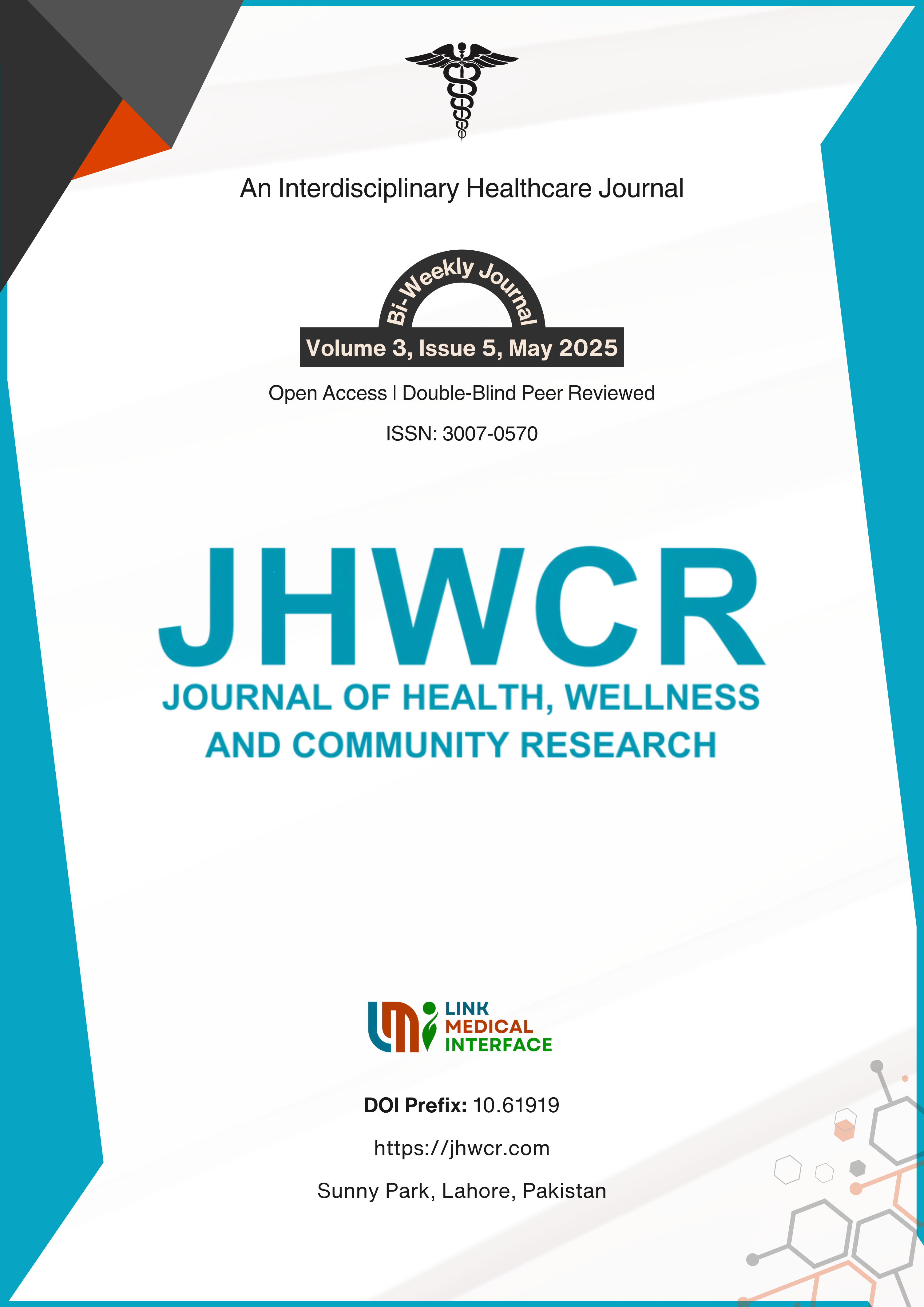Comparison of Efficacy of Intralesional Triamcinolone Acetonide Versus 5-Fluorouracil in the Treatment of Keloid at a Tertiary Care Hospital, Karachi
DOI:
https://doi.org/10.61919/bzx8dr11Keywords:
Keloid, Triamcinolone Acetonide, 5-Fluorouracil, Randomized Controlled Trial, Intralesional Therapy, Efficacy, DermatologyAbstract
Background: Keloids present a persistent clinical challenge due to excessive fibroblast activity and abnormal wound healing, with limited high-quality comparative evidence on optimal intralesional therapy. Objective: To compare the efficacy of intralesional triamcinolone acetonide versus 5-fluorouracil in reducing keloid height among adults at a tertiary care hospital in Karachi, with efficacy defined as ≥50% reduction in keloid height. Methods: This double-blinded, randomized controlled trial enrolled 50 adult patients (n = 50) aged 20–60 years with clinically diagnosed keloids. Key exclusion criteria included recent keloid therapy, active infection, systemic illness, or immunosuppression. Patients were randomized to receive intralesional triamcinolone acetonide or 5-fluorouracil injections at three-week intervals for four sessions. Keloid height was measured objectively at baseline and post-treatment. Ethical approval was obtained from the institutional review board in accordance with the Helsinki Declaration. Data were analyzed using SPSS version 27.0, applying t-tests and chi-square tests as appropriate. Results: Both groups were demographically comparable. The mean reduction in keloid height was significantly greater in the 5-fluorouracil group (1.8 ± 0.4 cm to 0.5 ± 0.5 cm) compared to the triamcinolone acetonide group (1.8 ± 0.4 cm to 0.8 ± 0.5 cm; p = 0.023). A higher proportion of patients in the 5-fluorouracil group achieved ≥50% reduction in keloid height (88% vs. 64%; p = 0.047), indicating clinically meaningful improvement. Conclusion: Intralesional 5-fluorouracil is significantly more effective than triamcinolone acetonide in reducing keloid height, supporting its use as a preferred therapeutic option for keloid management in clinical practice
Downloads
Published
Issue
Section
License
Copyright (c) 2025 Journal of Health, Wellness and Community Research

This work is licensed under a Creative Commons Attribution 4.0 International License.


